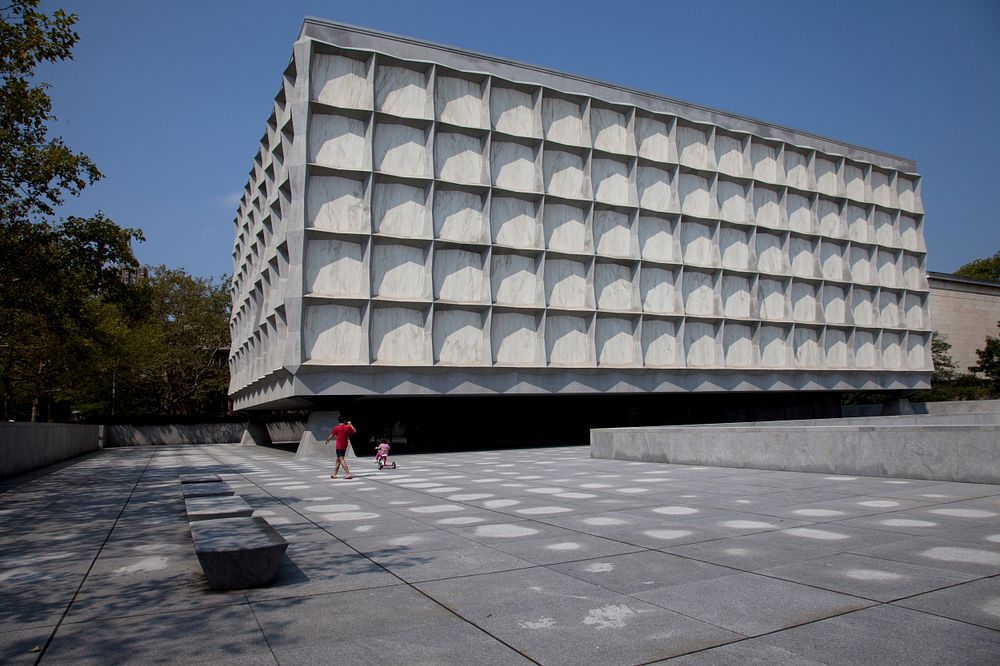
The roots of Yale University can be traced back to the 1640s, when colonial clergymen led an effort to establish a college in New Haven to preserve the tradition of European liberal education in the New World.
This vision was fulfilled in 1701, when the charter was granted for a school “wherein Youth may be instructed in the Arts and Sciences [and] through the blessing of Almighty God may be fitted for Publick employment both in Church and Civil State.” In 1718 the school was renamed “Yale College” in gratitude to the Welsh merchant Elihu Yale, who had donated the proceeds from the sale of nine bales of goods together with 417 books and a portrait of King George I. The nineteenth and twentieth centuries brought the establishment of the graduate and professional schools that would make Yale a true university. The Yale School of Medicine was chartered in 1810, followed by the Divinity School in 1822, the Law School in 1824, and the Graduate School of Arts and Sciences in 1847 (which, in 1861, awarded the first Ph.D. in the United States), followed by the schools of Art in 1869, Music in 1894, Forestry & Environmental Studies in 1900, Nursing in 1923, Drama in 1955, Architecture in 1972, and Management in 1974.